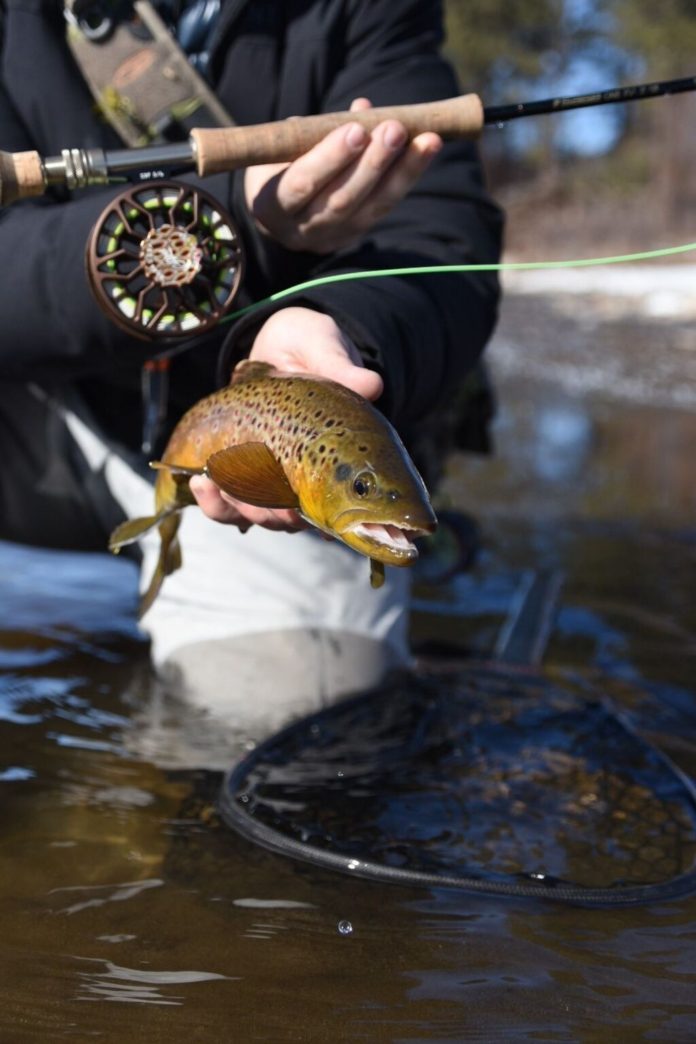Why is it that 10% of fly fishers catch 90% of the fish? We all know that jerk who seemingly outperforms everyone else, especially when it comes to nymphing. If you’ve been in the game for any amount of time, you’ve surely heard that the difference between a so-so nymph fisherman and a pro is usually one split shot. It sounds ludicrous, but it is so very true. Proper mending, fly selection and watching everything like a hawk are factors too, but weight trumps all other concerns, usually.
When fishing subsurface, you will find me adding depth and weight after every few drifts if my flies are not down in the zone. Usually if there are no hook ups in an obviously prime nymphing spot, the flies are simply too light and sailing over the heads of fish. There comes a point when your rig can get too heavy and snag bottom over and over again, as well. Finding that perfect depth and weight requires adjustments, and once you’re in the zone, you’ll see the difference. When I am confident in my weight and depth but am still getting blanked, then it’s time to consider changing flies.
When guiding, the No. 1 problem I see is a lack of confident hook setting. There must be absolutely no hesitation when setting the hook on fish. Yes, there are other factors in moving water besides fish that can cause your strike indicator to dip or hesitate, but we need to set the hook every single time, without fail. You just don’t know if you snagged bottom until you set the hook. There is a bit of lag time between when the fish eats the fly and your indicator tells you, so being on point with the hook set is paramount. Every single time.
At the end of your drift, be sure to strip in the slack line and bring your rod tip low to the water. This allows your flies to swing and slightly rise at the end of your presentation, which can drive fish crazy on those days they are looking for emerging insects rising to the surface. When you boil it all down, get your flies in the zone, pay attention to the indicator (and especially the fish), set on absolutely everything, and wiggle those bugs as they swing at the end of the drift. A nice fish in your net will hopefully follow!
This report is provided every week by Taylor Creek Fly Shops in Aspen and Basalt. Taylor Creek can be reached at 970-927-4374 or taylorcreek.com.

Readers around Aspen and Snowmass Village make the Aspen Times’ work possible. Your financial contribution supports our efforts to deliver quality, locally relevant journalism.
Now more than ever, your support is critical to help us keep our community informed about the evolving coronavirus pandemic and the impact it is having locally. Every contribution, however large or small, will make a difference.
Each donation will be used exclusively for the development and creation of increased news coverage.
Credit: Source link































